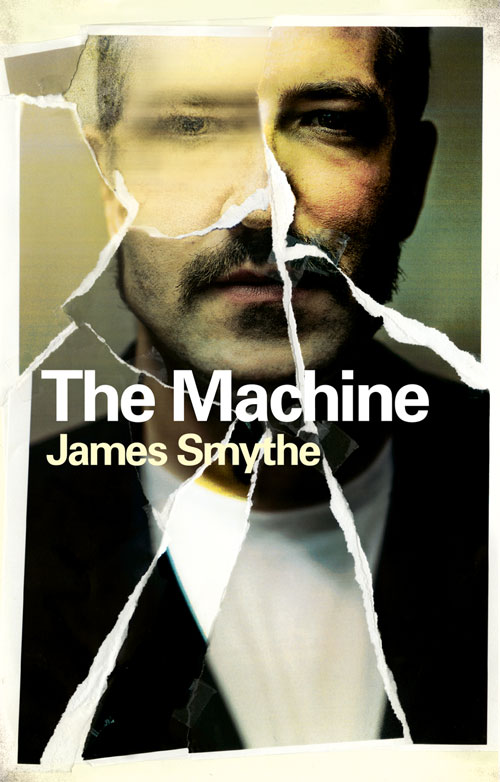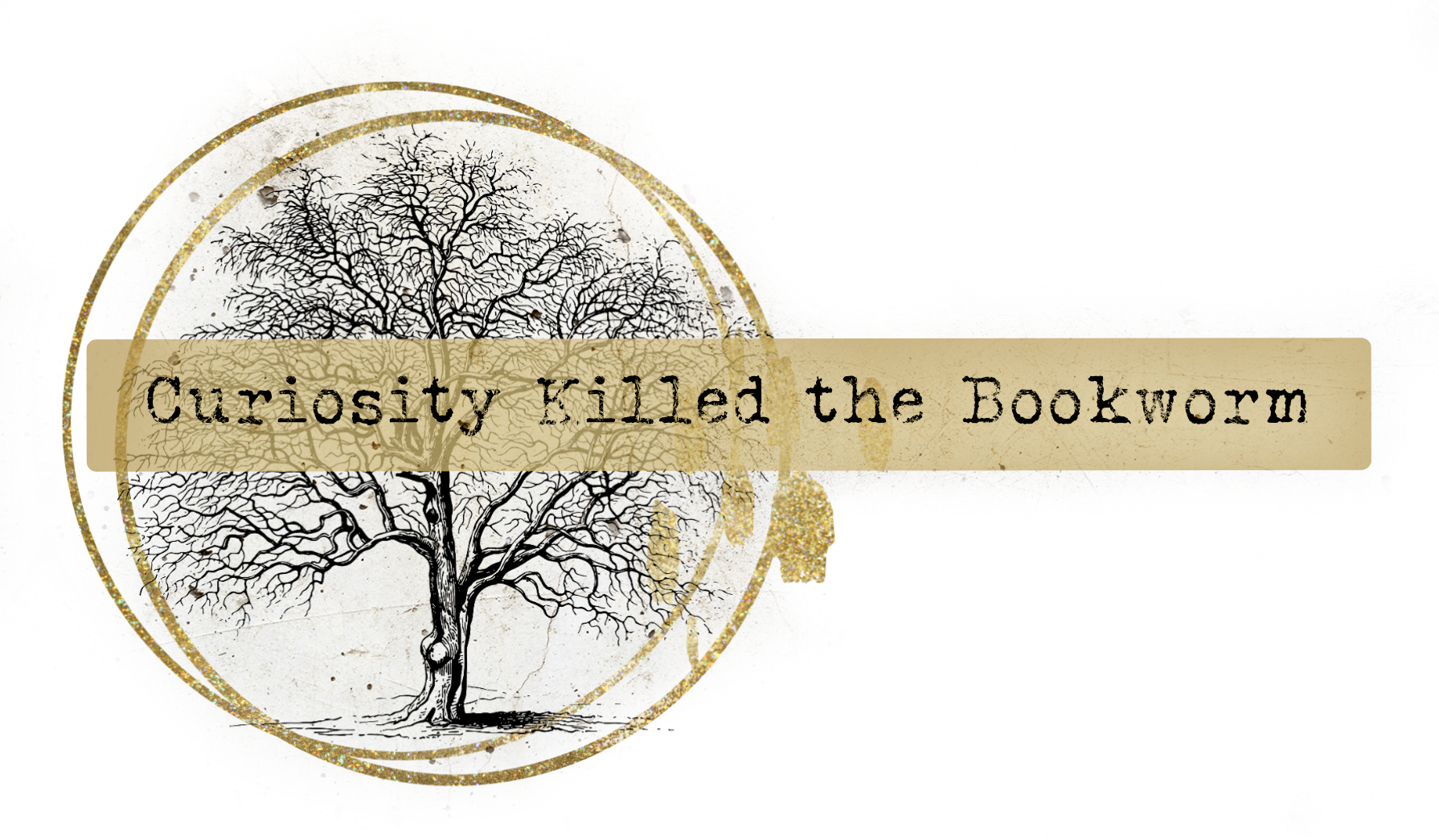
PURGE, COMMIT, REPLENISH.
Beth is taking delivery of a Machine. A Machine that holds the key to getting her husband back. When he returned from the war a changed man, the new technology promised to take away his memories, take away the horrors that woke him in the night. But years later the machines are banned, their side-effects too severe to be of any use. Beth has read the forums and she knows there is a possibility that she can rebuild her husband from the files that were purged.
The themes of The Machine are the sort of questions that keep me awake at night. What makes us sentient? Are we more than just biological hard-drives plugged into complex hardware? Once you take away memories and experiences, even if they are bad, are we left with the same person? I‘ve been reading a few books that have picked up on these questions recently, but this pushes them to their limits.
Beyond the existential questions, there are some wonderful snippets of everyday life, such as the delivery of the cumbersome machine at the start and the dilemma of how to get it through the doors and up the stairs. Beth is a teacher, but she is plagued by a group of boys on the streets of her estate. Many of us recognise that fear when walking past kids of a certain age these days. So unpredictable, so easy to provoke unintentionally. The setting is a not too distant future where global warming seems to have struck; long periods of stiflingly hot weather with monsoon-esque rains, flooding the streets. The image of flooded Britain will remind us of many a scene we’ve seen in the news of the past few years.
The machine itself has an ominous presence. Its constant thrum follows Beth throughout the story, a constant reminder of her actions. Its lack of futuristic sleekness contributes to the reality; that she could have gone for a newer model but instead she has a hulking mass of a machine, reminiscent of all our older, discarded technology. Although there is a horrific few moments when she is cleaning the unlocked touchscreen…
Some scenes also touch on the actions of those so often forgotten; carers. There are some emotionally difficult moments where Beth must take care of Vic. They are humiliating and heartbreaking in their necessity, but an everyday occurrence for so many carers, both professional and those taking care of their loved ones.
I used to find lack of speech-marks hard going, but with familiarity they have become easier. Here, they offer an almost dreamlike quality. The question over what is spoken aloud or not becomes quite relevant as the book goes on. There’s a prevailing sadness throughout, accompanied by the kind of loneliness that comes from keeping secrets. Beth is isolated both mentally and physically, by the estate she lives on which is in turn on an island. It took me a while to realise she lived on the Isle of Wight; instead I was imagining an island formed from the flooding of Portsmouth. Her only friend is devoutly Christian, perhaps the person least likely to accept her actions, considering religious objections to science as well as the moral implications.
The Machine isn’t being marketed as science fiction but it serves up the best of what the genre has to offer; contemplating how far science should go and the meaning of existence. I can imagine some readers may object to the ending. At first it might appear inconsistent, but the brain fills in gaps for us as we read and our assumptions are not always correct.
The Machine is published by Blue Door, an imprint of HarperCollins, and will be available in hardback and ebook editions on 11th April 2013. Thanks go to the publisher for providing a copy for review.
Goodreads | Amazon | Waterstones
Also reviewed @ Dog Ear Discs
Disclosure: I received a copy of this book free of charge for review purposes only. Receipt of a book does not guarantee a review or endorsement. My reviews are my honest opinion and are not biased for the purpose of personal gain.
Related posts
3 Comments
Leave a ReplyCancel reply
This site uses Akismet to reduce spam. Learn how your comment data is processed.



![[gifted] "Love comes as swift as the sting of a bee and is as sweet as honey."
🐝🐝🐝
Magic and bees? I'll be finding out. Thanks @orbitbooks_uk for the review copy of The Honey Witch by Sydney J. Shields! It came in the prettiest of packaging too, with a little jar of honey.
🍯🍯🍯
#bookstagram #bookpost #booknerdigans #thehoneywitch #fantasybooks #bookblogger](https://www.curiositykilledthebookworm.net/wp-content/plugins/instagram-feed/img/placeholder.png)


I am still yet to read any James Smythe but every time I hear about one of his books it goes straight on my wishlist. His ideas are irresistible. I love anything about tinkering with memories (this sounds like it has echoes of Phillip K Dick's We Can Remember It For You Wholesale and also Eternal Sunshine Of The Spotless Mind).
You should definitely read him, I have loved all his books. The Testimony is out in paperback too now (it's hard to believe it's only been a year since he hit my radar).
Hmm not sure if I would enjoy this or not, will keep an eye out for it nonetheless
Lainy http://www.alwaysreading.net